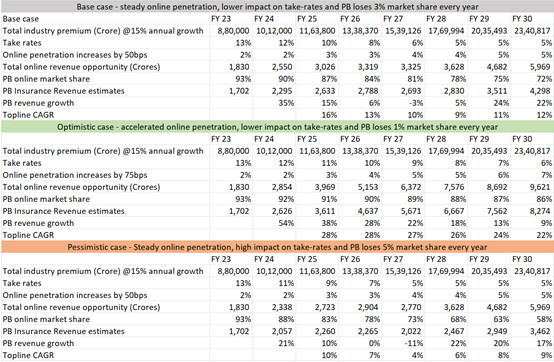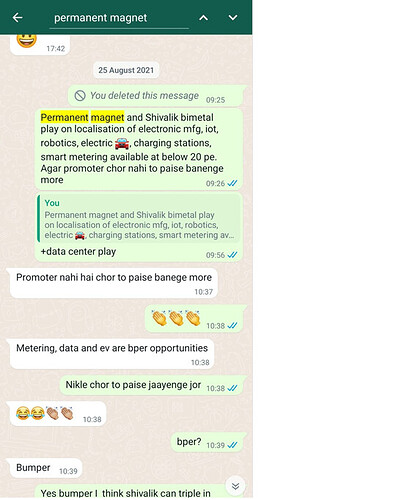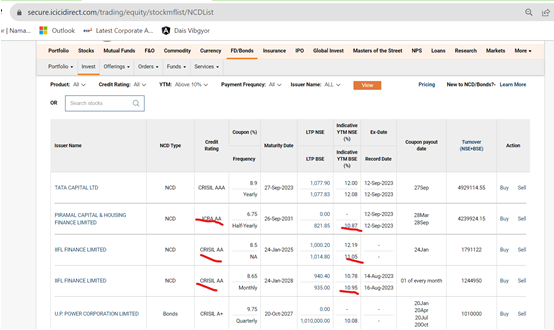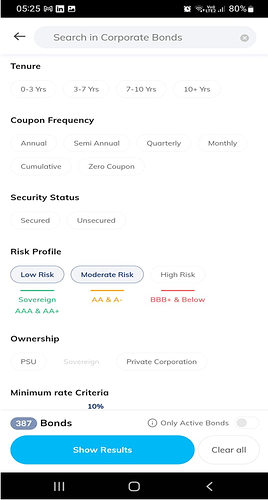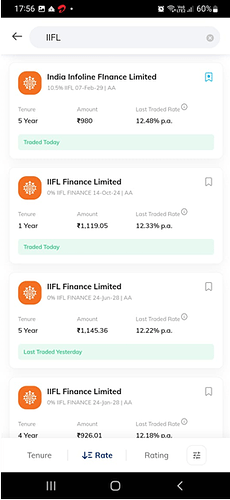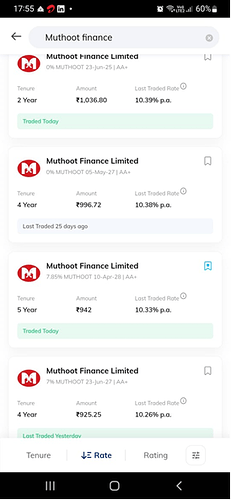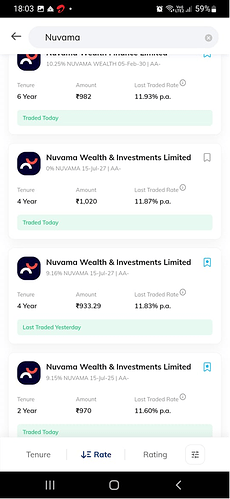Hi Manan thanks for your comments and having the trust in me to answer a very important question.
Based on my personal experience when we are starting to build the portfolio then we should have 9 to 11 stocks. This is not about having diversified or concentrated portfolio but it is about being focused and building our own investment process. If we spray around 30-40 stocks then it is unlikely to assess ourselves and process well. If you feel confident by 3rd year then you can have a 12th person for your small R&D (less than 3% of portfolio). During this period refine the process, make necessary changes, see if you are able to evolve.
After 5-7 years based on your success. If you are successful then you can expand the stocks to 20-25 and shrink back based on market breadth anticipation/cycles. This is to allow yourself to increase your circle of competence and allow certain R&D (risk) in your portfolio. If you are not successful (i.e. returns are below markets/benchmarks) then invest in ETF/Index Funds or mutual funds. If you are investing in direct stocks just for money then the drive and ambitions will weaken at some point as money is not constant. I have gone through deep corrections (50%+ during COVID and 30%+ during NBFC/ILFS crisis). However, if you are here for learning every day and intellectual satisfaction then you will be driven and you might have unfathomable success.
The expansion of portfolio should be aligned with changes in market breadth levels and with certain threshold level of your portfolio. Just to elaborate this more with my own example, when I reached certain threshold of portfolio level (let’s say 50 Lakh or 1 Crore) with about 20% CAGR in 5-7 years then I thought of adding bit of risk and allowed myself a bit of R&D. You can call R&D “Samudra Manthan” where you shall get Amrit or Vish. Hold onto Amrit and get rid of Vish. You need to align your expansion of portfolio to market breadth level. Again, to my personal experience, I noted that in 2020 end mid and small cap was beaten up badly and there were chances they make a comeback. Generally broader markets exhibit 3 to 4 years cycle. So small-mid cap peaked earlier in 2018. So likelihood of they making a comeback in 2020-21 was high.
I started expanding my portfolio from 11-12 stocks in 2020 to 35+. Just to give examples - I nibbled at - Xelpmoc, Ugro, Apollo Finvest, Sasta Sundar, Carysil, Somany Home innovation (Hindware), Astec life, Avantel, Danlaw Tech, and few more. However, by early 2022 I again got my portfolio back to 20 stocks as market started narrowing. From this Samudra Manthan I got Hindware and Carysil as Amrit and made about 3-4x from these stocks. I sold them just couple of months back. However, I went wrong on selling Avantel and Danlaw as they went up 5-7x after I sold them at meagre profits of 20-30%. However, no regrets as this part and parcel of an investor’s life.
My recent expansion happened in May/June of 2023 with buying in PropEquity, Aurum Proptech, Markolines, Birla Precision, Emkay Taps, Salazer, Archean Chem etc. However, again I have rationalized my portfolio to 19 stocks as of today.
Please note that we need to continue to evolve with markets. We need to have freshness in our portfolio, also have anchors and a few times a tail to wag. Look at the trends and play the trends. In my portfolio, lead allocations have been different at different times partly also driven by their performance. So from 2013 to 2017, AB Nuvo, PVR, MCX, Yes Bank, Bajaj Finserv and Britannia were my major holdings. From 2017 to 2019 - Bajaj Finserv was lead with almost 20%+ average allocation along with Hindustan Foods. Then in 2020 and 2021, Tips and Saregama, Affle, Indiamart, Dixon, Lombard, Hindustan Foods etc. From 2022 to 2023, new age businesses like Rategain and Mapmyindia.
You would think I had such a wonderful run but this is only in hindsight but when we are going through them we are nervous, we make lots of mistakes. However, still hindsight looks so good  . Please note that from an almost 100% equity allocation until mid-2022 I have moved to 47% cash and bonds in 2023.
. Please note that from an almost 100% equity allocation until mid-2022 I have moved to 47% cash and bonds in 2023.
Play the trends, preferably with second and third order thinking and rarely direct or first level. Keep evolving keep learning. Keep reading. You will become better every year. We shall make mistakes and hope those also become part of our learning.
Disclaimer: I am not a financial advisor and nor a SEBI registered Analyst. The content shared here is only for learning purpose. All the names mentioned here are for example and learning purpose. I may buy more, exit or partly sell the stock/bonds without any prior intimation.

